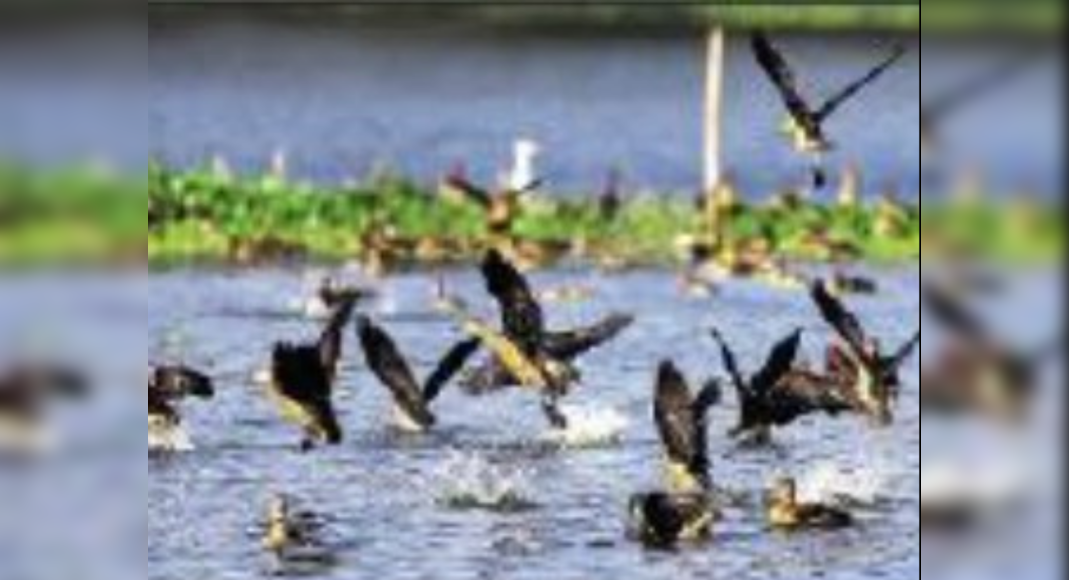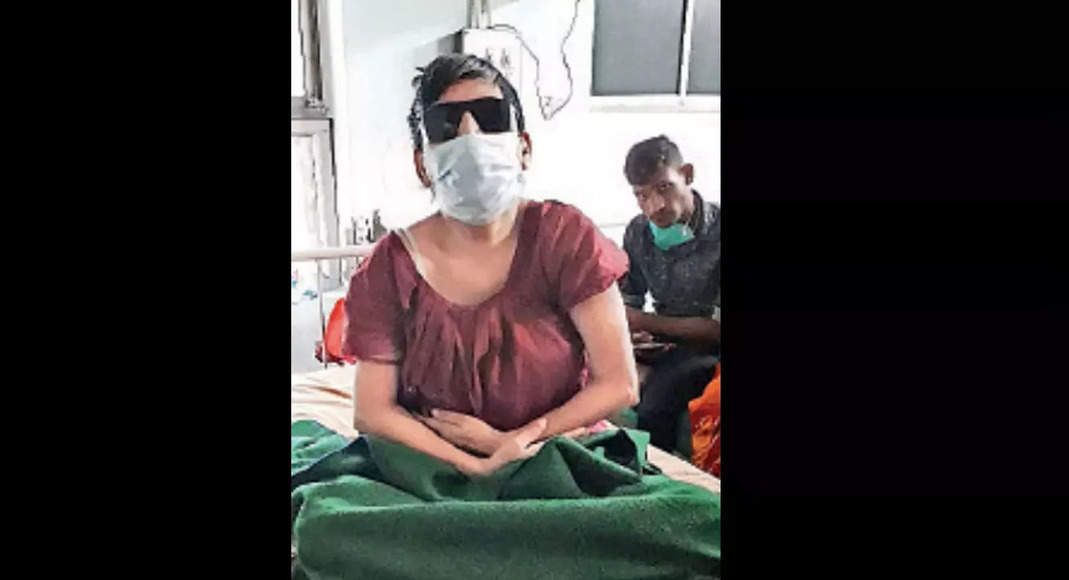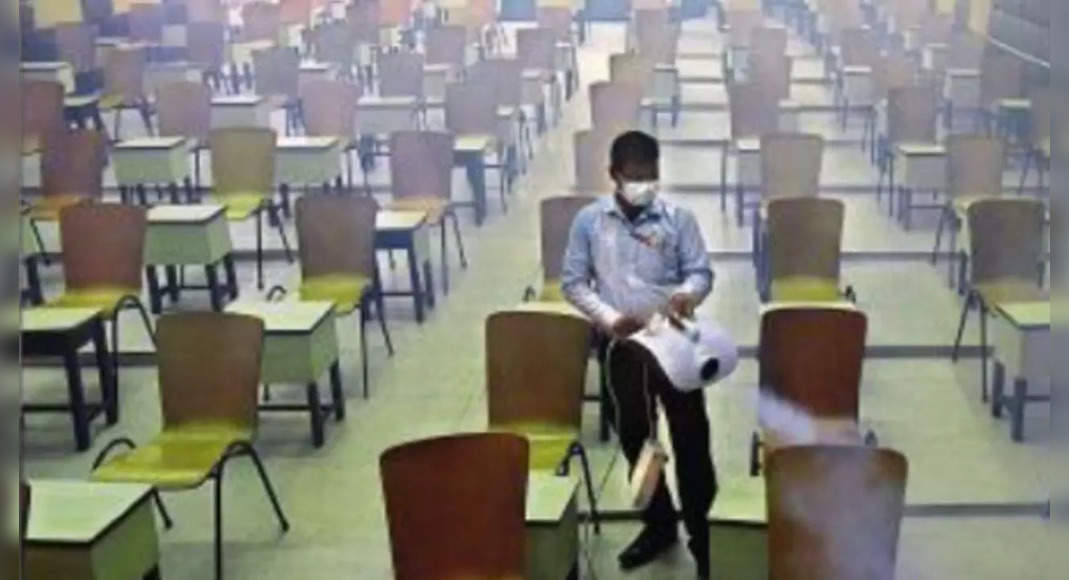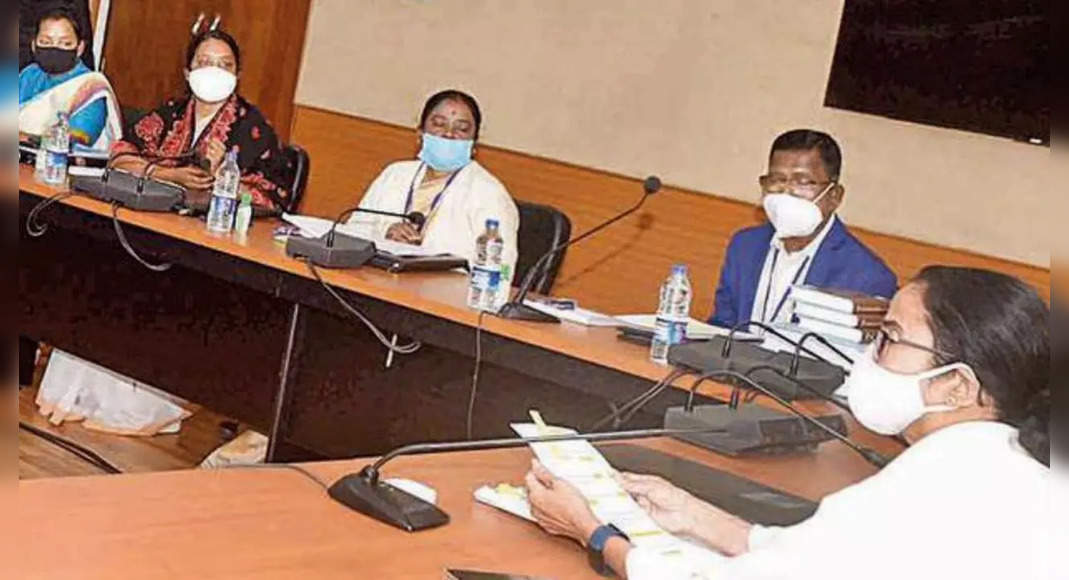KOLKATA: Santragachhi Jheel, a biodiversity hotspot in Howrah that draws migratory birds from faraway lands each winter, is turning increasingly toxic.
An analysis of the lake’s water quality, only the second one in two decades, has revealed that it is not fit for sustaining life.
The water analysis at the 10.9 hectare waterbody carried out by the West Bengal Pollution Control Board shows major deviations from the national water quality criteria.
Dissolved oxygen (DO) at 3mg/l is way lower than the desired 6mg/l or more, biochemical oxygen demand (BOD) at 10.6mg/l against a desired level of 2-4mg/l or less and total coliform of 1,70,000 MPN/100ml against less than 5,000MPN/100 ml point to the extremely poor state of the lake’s water that makes it difficult to sustain any life form, be it fish or other aquatic animals.
Scientists have cautioned that the water is unfit for sustaining wildlife and fisheries and should not be used by people for even bathing and suggested warning signs be put up around the lake.
Environment activist Subhas Datta, who had moved the National Green Tribunal (NGT) in 2015, pointing out that the important habitat for migratory birds was being encroached upon and that the upkeep of the waterbody was extremely poor, expressed extreme disappointment at the negligence by both South Eastern Railway (SER) and Howrah Municipal Corporation (HMC).
The NGT had in an order in 2017 asked SER and HMC to set up a sewage treatment plant to ensure that the untreated sewage is not dumped into the lake.
The last study on physico-chemical characteristics of the jheel, which was carried out close to two decades ago (February 2000 to January 2002) by scientists from the zoological department at Kalyani University, had found the water quality to be poor due to the inflow of sewage effluents from houses in the vicinity that caused turbidity.
The study had concluded that the physico-chemical characteristics of Santragachi Jheel indicated that its water was rich in nutrients as well as pollution.
This also increased the biological oxygen demand.
The presence of sewage also led to reduced transparency of the water.
Sewage contamination was the main cause identified for high nitrate and phosphates content.
The jheel is owned by South Eastern Railway but since August 1992, the wildlife wing of the forest department has taken up management and development work of the wetland.
Individual efforts by green organisations like Nature Mates have led to removal of water hyacinths but nothing has been done to clean up the lake’s water.







